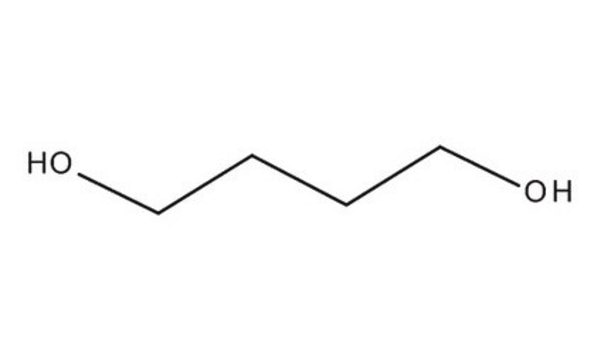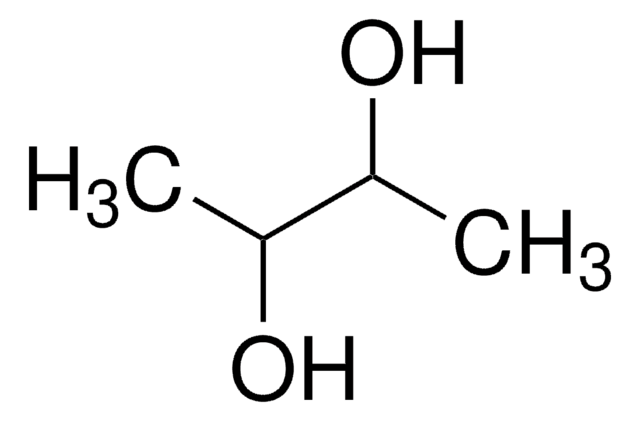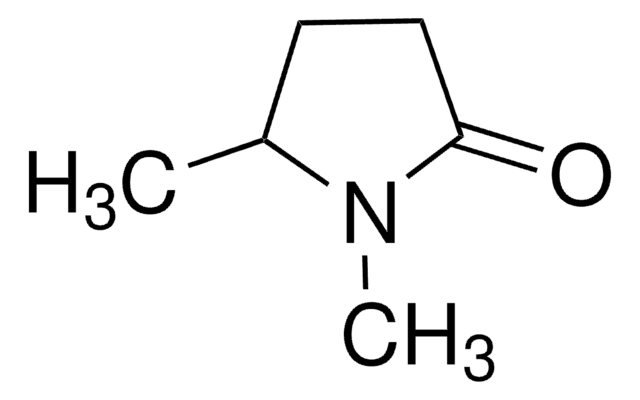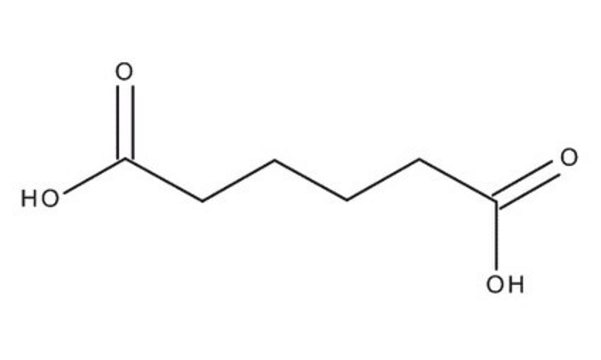240559
1,4-Butanediol
ReagentPlus®, ≥99%
Synonym(s):
1,4-Butylene glycol, Tetramethylene glycol
About This Item
Recommended Products
vapor density
3.1 (vs air)
Quality Level
product line
ReagentPlus®
assay
≥99%
autoignition temp.
698 °F
refractive index
n20/D 1.445 (lit.)
bp
230 °C (lit.)
mp
16 °C (lit.)
density
1.017 g/mL at 25 °C (lit.)
SMILES string
OCCCCO
InChI
1S/C4H10O2/c5-3-1-2-4-6/h5-6H,1-4H2
InChI key
WERYXYBDKMZEQL-UHFFFAOYSA-N
Looking for similar products? Visit Product Comparison Guide
Related Categories
General description
Application
Legal Information
signalword
Warning
hcodes
Hazard Classifications
Acute Tox. 4 Oral - STOT SE 3
target_organs
Central nervous system
wgk_germany
WGK 1
flash_point_f
closed cup
flash_point_c
closed cup
ppe
Eyeshields, Faceshields, Gloves, type ABEK (EN14387) respirator filter
Choose from one of the most recent versions:
Certificates of Analysis (COA)
Sorry, we don't have COAs for this product available online at this time.
If you need assistance, please contact Customer Support.
Already Own This Product?
Find documentation for the products that you have recently purchased in the Document Library.
Customers Also Viewed
Protocols
99%; Glycerol, ≥99.5%; Tetraethylene glycol, 99%
Our team of scientists has experience in all areas of research including Life Science, Material Science, Chemical Synthesis, Chromatography, Analytical and many others.
Contact Technical Service











